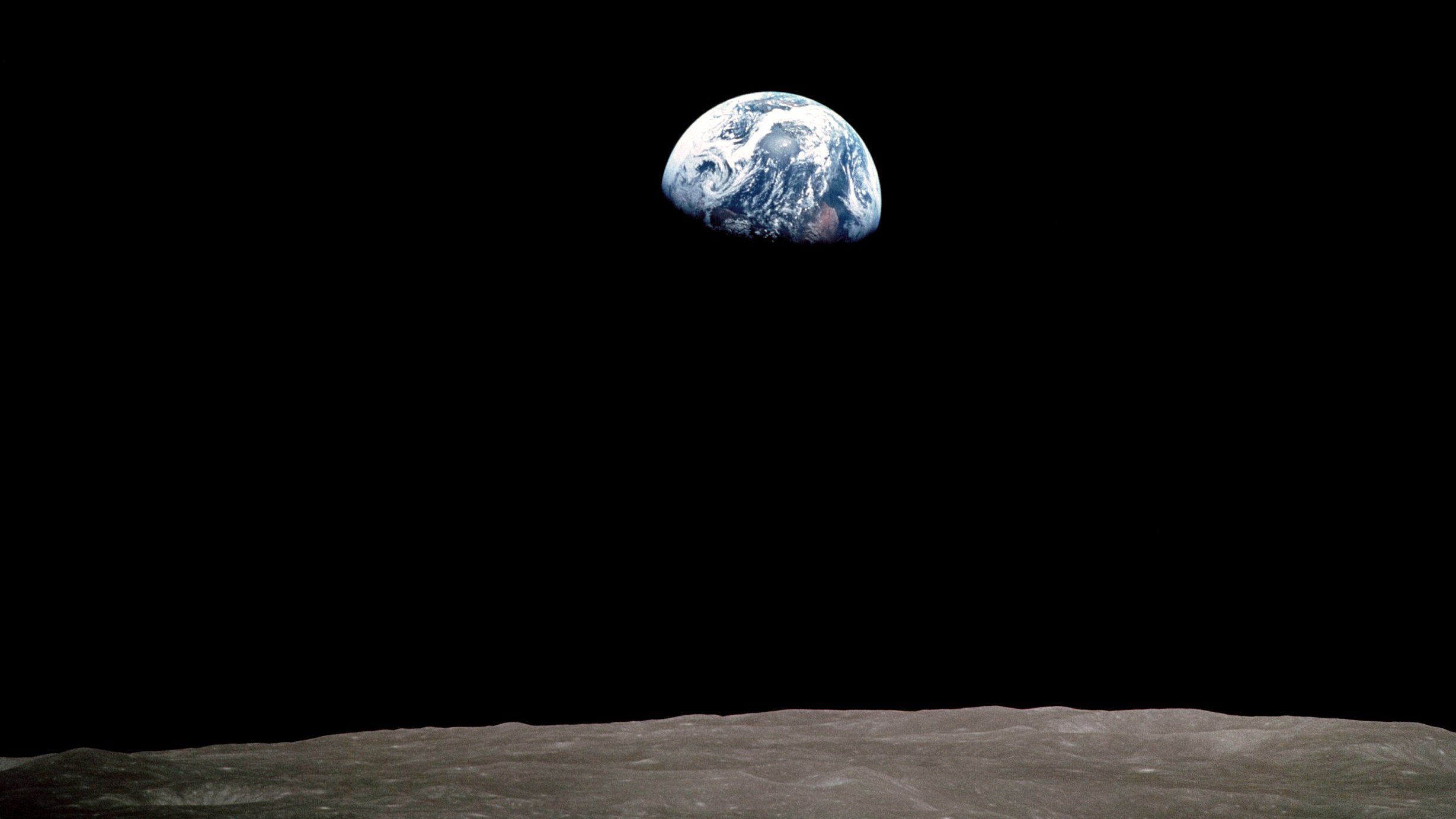This explosion started as an infinitesimal point that exploded and created the universe.
The Big Bang
This star can be found in the handle of the Big Dipper and is also known as the Northern Star.
Polaris
This moon has cantaloupe terrain and is Neptune's largest moon.
Triton
This space probe launched to orbit Jupiter in 2011 and its mission is set to end in 2025 after being extended for 4 more years.
Juno
These are described with Hubble's Tuning Fork diagram where they are described as elliptical or spiral.
Galaxies
These types of explosions are caused by a white dwarf star gaining too much matter in a binary system or when a high mass star dies.
A Supernova
This constellation has the star Betelgeuse and Rigel but neither are in it's namesake belt.
Orion
Mars
This probe launched to orbit Saturn in 1997 and ended its mission in 2017 when it was crushed under Saturn's gravity in the Grand Finale.
Cassini
This phenomenon occurs around a black hole due to difference in gravitational potential (think Interstellar).
Time Dilation
These objects in space are caused by the collapse of a high mass star and supermassive types are caused possibly by a chain reaction in the collisions of stars.
Black Holes
These types of solar systems contain two stars.
Binary
One of this planet's main highlands is called the Ishtar Terra and this planet's day is longer than it's year.
Venus
This mission actually had two different probes launched to take advantage of the alignments of the planets known as the Grand Tour. Currently both probes have left the solar system.
Voyager
This theory made by Einstein states that space and time are interlinked and is proven by the equation E=mc2.
Special Relativity
These objects are surrounded by the accretion disk of a black hole and emit huge quantities of energy.
Quasar
This diagram is a scatter plot of stars showing relationships of magnitudes/ luminosities/ temperatures.
H-R or Hertzsprung- Russell
The discovery of water on this planet cemented the theory that comets brought Earth its water and one of this planet's features is the String of Pearls.
Jupiter
This probe was launched in 2006 to flyby Pluto and its "moon" Charon.
New Horizons
Stars will continue with nuclear fusion until this element is made.
Iron
This event occurs when a black hole strips the surrounding objects of their matter and into "string" looking streams.
Spaghettification
Stars will do 90% of their nuclear fusion in this part of the H-R diagram and it stretches from the upper left to the bottom right.
The Main Sequence
When looking for other habitable planets NASA typically looks for planets in this region in comparison to their sun.
The Goldilocks Zone
This Apollo mission took this famous picture called Earthrise. 
Apollo 8
These tiny moons orbit Saturn and are named after their misshapen look that takes after a food.
Ravioli Moons